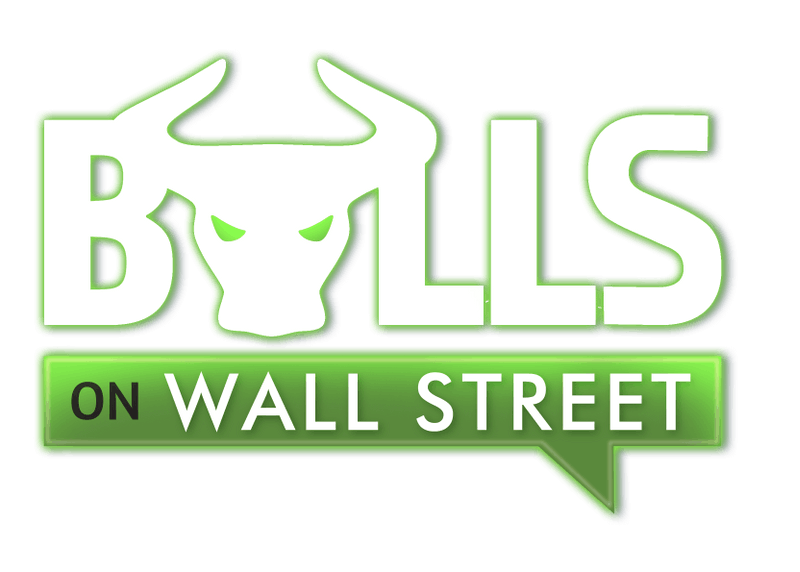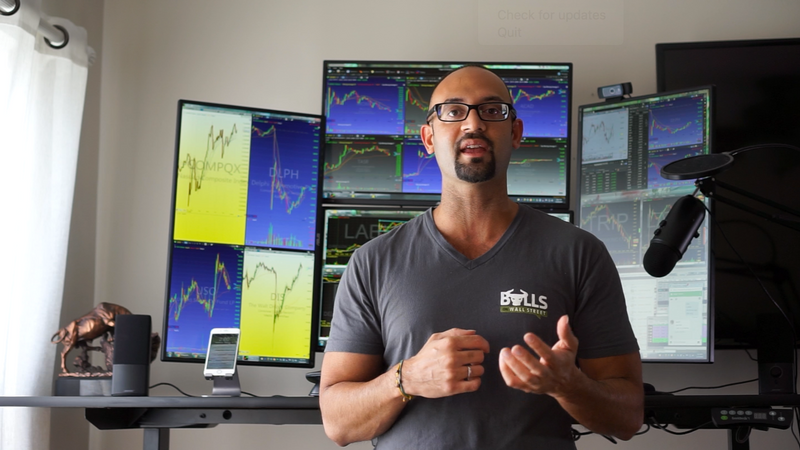5 Steps to Making $200 a Day Trading
As a trader, consistency is key. When I see someone have a big gain one day and then make two weeks of bad trades, it tells me they are a gambler. Trading isn’t about getting lucky. You aren’t buying a lottery ticket and crossing your fingers. It’s a job, like any other. Sure, it can pay really well and provide far more freedom and independence than most jobs, but it’s still about showing up consistently improving your craft.
I tell new traders to aim for $200 in profits every day. That doesn’t mean you won’t have bigger days, smaller days, and negative days. It means that more often than not, you have the skill and discipline to lock in $200 in gains and then walk away from your computer. If you can do that,you’re well on the way to a great trading career. You have the knowledge to identify trades, the experience to execute them well, and the self-control to not overtrade. You’ll also have a $50,000 a year income. Not bad for a few hours of work five days a week, right? And if you can do that, scaling up to larger days is not that difficult.
Here’s how you do it.
Master 1-2 Trading Strategies
Pick or two strategies that you like and work well for you and focus on those. It’s a common mistake to jump around, trying to be a jack of all trades and borrow from a number of different systems. There are no points for trading 15 different strategies poorly when you could be trading 2 profitably. Of course, you need to learn a couple strategies before you master them. The Bulls Bootcamp is a great way to learn a variety of setups; the course will also guide you towards the setups that are easiest to master first.
Scale Out of Winners and Keep Losers Tight
Scale out of winners and keep losers tight. This seems obvious, but your instinct – like mine and everyone else’s – is to do the opposite. When you are in a losing trade, you can’t help but remember how good the pattern looked at first – you were sure it was going to be a big winner. Then it blows through your stop and you let ride, because “it’s going to bounce soon.” In reality, we all just hate admitting we are wrong, so that’s why we don’t honor our stops. The only thing worse than that is admitting you are wrong and losing money. But if you keep your losers tight by honoring your stops, it will do amazing things for your bottom line and your mental state.
On the other side, the kneejerk reaction to your stock going up is to jump out and lock down the gains. This is especially true if you’ve taken some losses already that day. But, the better approach is to scale out on spikes, locking in some gains, and then let the rest ride up. That allows you to realize some gains, but not miss out on what is often significant additional upside.
Simulate and Practice
When you first learned to drive a car, did you immediately speed onto a busy interstate and try to keep up with 80 MPH traffic? No, of course not. You spend some time familiarizing yourself with the controls, then you probably went down a street in your neighborhood, maybe practiced parking in an empty parking lot, etc. So why should trading be any different? Do you want to risk your hard-earned money before you can reliably close a short position, scan for stocks while watching your positions, or track the SPY? No, you do not. Conveniently, you don’t have to. There are numerous platforms that will allow you to practice without risking real money. We put all of our Bootcamp students on one that we particularly like, but there are plenty of others out there.
Develop Discipline
Developing discipline is tough. A lot of traders memorize the charts, understand what they mean, and know how to trade the strategies, but they don’t actually have the discipline to do it. They don’t honor their stops, sell early, chase, and gamble. Or, maybe their trading is fine, but they don’t scan and build watchlists, or do the other prep work necessary to succeed. I’ve found that the best way to cultivate discipline is to form habits. I don’t have to think about scanning or honoring my stops 90% of the time – it’s muscle memory because I’ve done those things so many times.
Learn Correct Position Sizing
Position sizing is an overlooked aspect of risk management. If you size your positions too large, you’ll risk large losses. You’ll also trade poorly, as the large size will amplify those feelings of greed and fear that always lurk just under the surface. On the other side, size your positions too small and your account will die a slow death, eaten up by commissions. I recommend sizing your positions so that if the trade goes against you and you stop out, you won’t lose more than 1% – 2% of your entire account value.
Summary
All of the above skills can be learned in our new on-demand trading bootcamp. Unlike a lot of classes, we don’t just talk at you for an hour and hope that you absorb all of the information – the course is interactive, with Q&A sessions, a forum, and a month spent on a simulator. If you want to join the $200 club, shoot me an email and I’ll answer all your questions!
Get Started With Our Free Trading Kit
Our trading kit is the best free resource out there for new and struggling traders. It includes
- Intro to Trading Course
- Comprehensive Trading Handbook
- Trading Consultation




